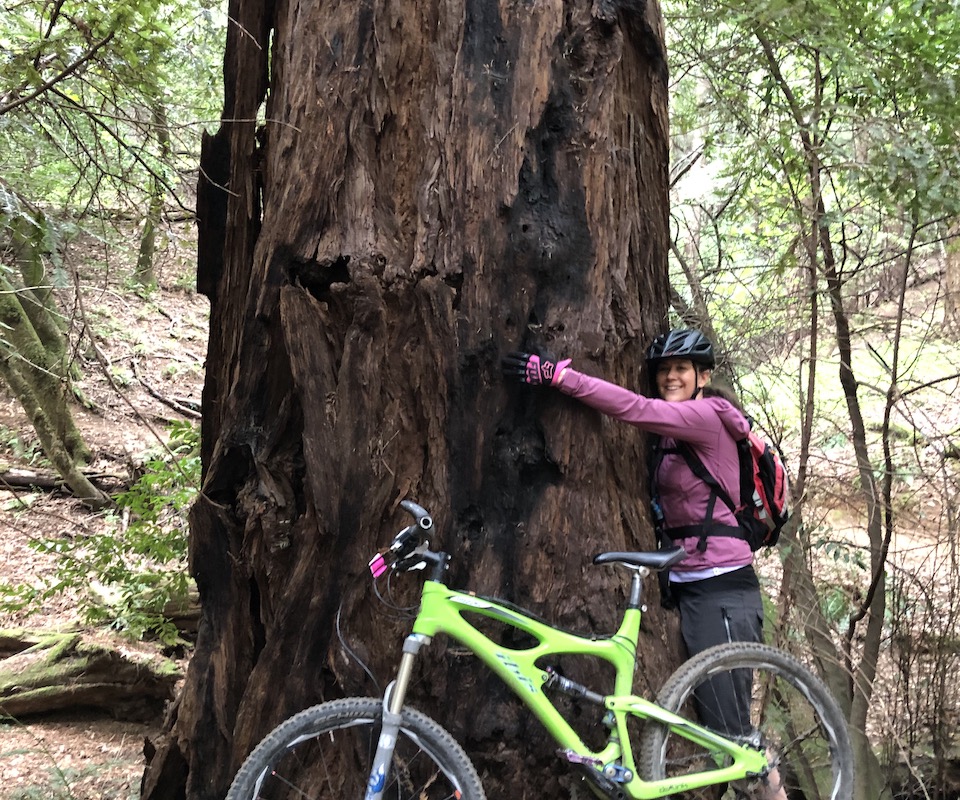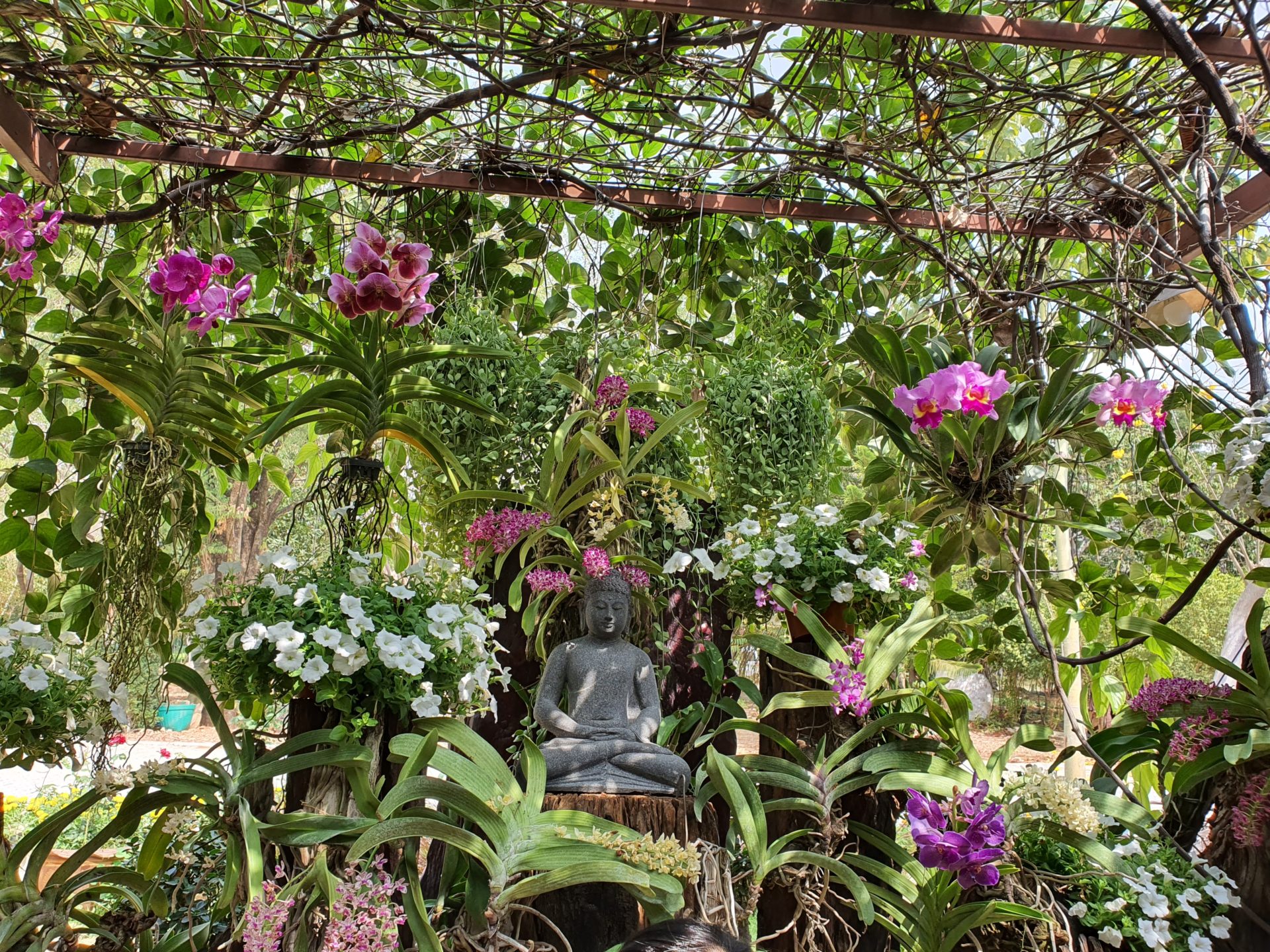By Dominique Keller

My pandemic story began on my forty-fourth birthday during a long-awaited California mountain biking trip. My partner and I planned to fly to the US from Canada and ride our bikes every day, enjoying a couple weeks away from this year’s particularly frozen Canadian winter. We flew out on my birthday, March 12th, one of the last “normal” days in North America.
By Dominique Keller

My pandemic story began on my forty-fourth birthday during a long-awaited California mountain biking trip. My partner and I planned to fly to the US from Canada and ride our bikes every day, enjoying a couple weeks away from this year’s particularly frozen Canadian winter. We flew out on my birthday, March 12th, one of the last “normal” days in North America. At the time, COVID-19 was just a news story.
That morning, we arrived at the Calgary International Airport earlier than usual to ensure enough time for our bikes to pass inspection. To our delight, check-in went smoothly, and we decided to use the extra time to kick off our vacation and tuck into an airport buffet. We waited in a packed line. I felt eager to top my plate off with a generous helping of macaroni salad. I wasn’t worried about eating at the buffet and didn’t think twice about proximity to other customers. Instead, I fretted about whether I’d packed enough bike shorts to get through the trip without doing laundry.
Our plan was to return home on March 23rd, but by the second day of our vacation, the Canadian government urged Canadians to come home while we still could. Instead of rolling though the beautiful California hills on two wheels, two days later we were back at the airport rolling our stuffed suitcases behind us. This time, I searched for a place to buy hand sanitizer.
Tired from our flight and faced with a long, winding customs line, we waited our turn to cross into Canada. As we approached the desk, a young male customs agent wearing a mask and gloves briefly looked at our passports and handed me a sheet of paper from the stack on his desk. The paper was from our government and informed us that we were ordered to self-quarantine for fourteen days. The agent asked if we knew about the quarantine, and I told him we didn’t. He looked at me with intense brown eyes and said, “Stay home, save lives,” then looked past me to the next passenger. As we shuffled out of customs, I said to Phil, “What are we going to do? How do they expect us to get food or do errands?”
Phil looked at me a moment, shrugged his shoulders, and leaned down to unzip our suitcase. I watched him pull out our down jackets and boots. He handed me my winter clothes and put his arm into the puffy sleeve of his coat. Nothing could be done but go home. We braced ourselves as the airport doors opened and the freezing Canadian air rushed in. I followed the path Phil’s suitcase cut as he dragged it through the heavy snow towards our vehicle. As I walked, I thought about COVID-19 and the First Mindfulness Training, Reverence for Life. I have been thinking about the virus and the training ever since.
I am struck by how COVID-19 and its spread is a tangible example of interbeing. I have learned that a coronavirus, like this one, is made up of one strip of RNA. It is little more than a packet of genetic material surrounded by a spiky protein shell just one-thousandth the width of an eyelash.1 When I think about this teeny-tiny virus that began in one part of the world and has traveled all over the planet, I am amazed to think something so small has gone so far.
One way the virus has travelled is through humans sharing the air we breathe. Awareness of breathing is a fundamental part of our practice. In my local sangha, we often read from The Discourse on the Full Awareness of Breathing and practice guided meditation together using the gatha: “Breathing in, I am aware that I am breathing in; breathing out, I am aware that I am breathing out.”
In addition to following my breath, while sitting, I have been imagining my breath as it travels out of my body into the air and into the bodies of other living beings. I imagine these other living beings inhaling my breath to bring oxygen into their cells and sending that breath back out into the world. I imagine that breath travelling from living being to living being in this way. I imagine our collective breath moving slowly, inhalation to exhalation, all the way around this planet.
I once heard in a Dharma talk that if you put your hand on the earth, there is no way your hand is not touching some small part of all of your ancestors. Now I think of the air we breathe and how it is not my air—it is our air. It is the air of every living being that has existed and will exist on this planet. In this way, I can see my connection to everyone and everything that has existed and will exist. This virus is a tangible example of Thay’s gatha: “I am because you are.”
Just as my breath is not only my breath but also our breath, my actions are not only my actions. They are our actions. COVID-19 has demonstrated that the boundaries I see between myself and others are an illusion. My action of going outside today will send my breath out into the world. Some of that breath will become the breath of another living being. When I see this truth, I also see how my decision to go outside is our decision to go outside, and how that small decision at this time can ultimately lead to someone else’s death. My decision to go outside right now is directly connected to the First Mindfulness Training, because that decision impacts my mother, my grandmother, you, and all living beings in the past, present, and future.
Brother Phap Hai once said the Dharma is everywhere—we just need to slow down to see it. I am thankful this virus has greatly slowed down my life and allowed me so many beautiful opportunities to practice. My fourteen days of quarantine were both difficult and wonderful. I am most thankful for the gift of Dharma from the airport customs agent. It took him so few words to demonstrate the beauty and responsibility of interbeing. His Dharma rain, “Stay home, save lives,” continues to nourish and challenge me throughout this pandemic.
1 The Washington Post, “The coronavirus isn’t alive. That’s why it’s so hard to kill.” March 23, 2020.
Dominique Keller originally received the Five Mindfulness Trainings in 2012 in Plum Village, France. She works professionally as a documentary director. Her films have screened at several festivals and international events including the Tokyo International Film Festival, the Atlantic Film Festival, the Shanghai World Expo, CFC Worldwide Short Film Festival, and Beijing Art Museum of Imperial City. When not making films or updating her Sangha’s website, Dominique enjoys riding her bike and teaching her dog Ruby tricks.

